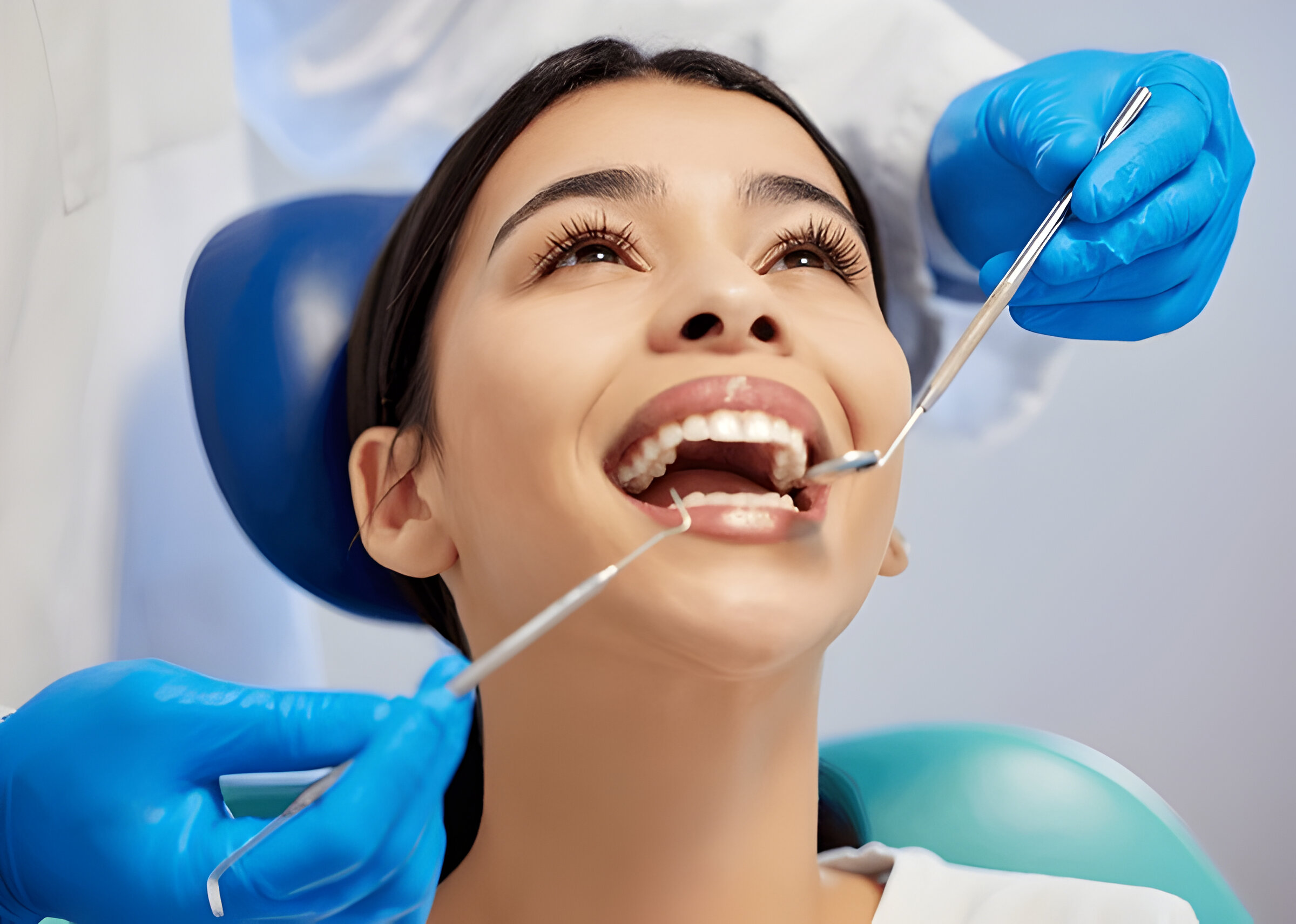Tools for Cleaning Teeth: A Comprehensive Guide to Oral Hygiene
Tools for Cleaning Teeth: Elevate Your Dental Care Routine

Tools for Cleaning Teeth: A Comprehensive Guide to Oral Hygiene
Maintaining good oral hygiene is essential for overall health, and using the right tools for cleaning teeth can significantly enhance your dental care routine. In this blog post, we’ll explore the essential tools, their benefits, and how to use them effectively to ensure a brighter, healthier smile.
Introduction
Tools for cleaning teeth: A radiant smile is often regarded as one of the most attractive features a person can possess, but achieving that bright, confident smile requires more than just occasional brushing. Effective oral hygiene is a daily commitment that significantly impacts your overall health and well-being. With an overwhelming number of dental care products available, it can be challenging to determine which tools are truly essential for maintaining optimal oral hygiene.
In this guide, we’ll delve into the top tools for cleaning teeth, exploring their benefits, usage tips, and how they can elevate your dental care routine. Whether you’re a dental care novice or looking to refine your existing practices, this comprehensive overview will equip you with the knowledge to make informed choices for a healthier smile. Let’s explore the must-have tools that can transform your oral care routine into a comprehensive and effective regimen!
1. Toothbrushes
Types of Toothbrushes: Toothbrushes are the cornerstone of oral hygiene. There are two main types: manual and electric.
- Manual Toothbrushes: These traditional toothbrushes come in various shapes, sizes, and bristle types—soft, medium, and hard. Dentists typically recommend soft bristles, as they are less abrasive on gums and enamel. When using a manual toothbrush, it’s crucial to brush for at least two minutes, ensuring that all areas of your mouth are covered.
- Electric Toothbrushes: Electric toothbrushes, which can be powered by batteries or charged, often feature rotating or vibrating heads. Research shows that electric toothbrushes can remove more plaque and reduce gingivitis more effectively than manual brushes. They also come with built-in timers to help you brush for the recommended duration.
Price Range:
- Manual Toothbrush: $2 – $10
- Electric Toothbrush: $20 – $200
Investing in a quality electric toothbrush can be particularly beneficial for those who struggle with manual brushing techniques.
2. Toothpaste
Toothpaste is more than just a minty flavor; it plays a vital role in your oral health. The right toothpaste can help prevent cavities, strengthen enamel, and reduce sensitivity. Look for fluoride-containing toothpaste, as fluoride is proven to strengthen tooth enamel and combat decay. Some toothpaste options also include ingredients for whitening, tartar control, or sensitivity relief.
When selecting toothpaste, consider your specific needs—whether you need a whitening formula or one that addresses sensitivity. It’s also important to check for the American Dental Association (ADA) seal of approval to ensure the product meets safety and efficacy standards.
Price Range:
- Standard Toothpaste: $3 – $10
3. Dental Floss
Flossing is an essential part of oral care that many people overlook. Dental floss helps remove plaque and food particles from between the teeth, where a toothbrush cannot reach. There are various types of floss available, including waxed, unwaxed, flavored, and unflavored. Some people may prefer waxed floss for easier gliding between tight spaces, while others may find unwaxed floss easier to handle.
Using dental floss is straightforward—take about 18 inches, wrap it around your fingers, and gently slide it between your teeth using a sawing motion. Be careful not to snap the floss against your gums, as this can cause irritation.
Price Range:
- Dental Floss: $2 – $5
4. Mouthwash
Using mouthwash can enhance your oral hygiene routine by reducing bacteria, freshening breath, and providing additional fluoride. Mouthwash comes in various formulations, including antibacterial, fluoride, and cosmetic options. Antibacterial mouthwashes help kill germs that cause bad breath and plaque, while fluoride mouthwashes can help strengthen enamel and reduce cavities.
When using mouthwash, swish it around your mouth for the recommended time, usually around 30 seconds to one minute. Avoid eating or drinking for at least 30 minutes afterward to allow the active ingredients to work effectively.
Price Range:
- Mouthwash: $4 – $15
5. Interdental Brushes
Interdental brushes are small brushes designed to clean between teeth and are especially helpful for people with braces, dental implants, or larger gaps. These brushes are easy to use and can be more effective than traditional floss for some people. They come in various sizes, allowing you to choose the right one for your specific needs.
To use an interdental brush, insert it gently between your teeth and move it back and forth to remove plaque and debris. Regular use can significantly improve gum health and help prevent cavities in hard-to-reach areas.
Price Range:
- Interdental Brushes: $5 – $10
6. Tongue Scrapers
A tongue scraper can effectively remove bacteria and debris from the surface of your tongue, which can contribute to bad breath. Many people are unaware that the tongue harbors bacteria, food particles, and dead cells. Using a tongue scraper can help maintain a cleaner mouth and fresher breath.
To use a tongue scraper, stick out your tongue and gently scrape from the back of the tongue to the front. Rinse the scraper after each pass, and repeat until you feel your tongue is clean.
Price Range:
- Tongue Scraper: $2 – $10
7. Water Flosser
A water flosser is an effective alternative to traditional flossing, especially for those with braces, dental implants, or sensitive gums. It uses a stream of pulsating water to remove food particles and plaque between teeth and along the gum line. Water flossers can be more comfortable for those who find traditional flossing difficult.
To use a water flosser, fill the reservoir with water, select your pressure setting, and direct the stream along your gum line and between teeth. Tools for cleaning teeth tips and strategies recommended to use it before or after brushing for optimal results.
Price Range:
- Water Flosser: $30 – $100
Pie Chart Representation of Costs
Here’s how you can visualize the distribution of costs for each tool mentioned above:
| Tool | Average Cost (USD) | Percentage of Total Cost |
|---|---|---|
| Toothbrush (Manual) | $5 | 12% |
| Toothbrush (Electric) | $110 | 25% |
| Toothpaste | $6 | 14% |
| Dental Floss | $3.50 | 7% |
| Mouthwash | $10 | 24% |
| Interdental Brushes | $7.50 | 10% |
| Tongue Scraper | $6 | 5% |
| Water Flosser | $65 | 13% |
Example Pie Chart Data
To create a pie chart, input the average costs and their respective percentages into a chart-making tool. Here’s a breakdown of the data:
- Toothbrush (Manual): 12%
- Toothbrush (Electric): 25%
- Toothpaste: 14%
- Dental Floss: 7%
- Mouthwash: 24%
- Interdental Brushes: 10%
- Tongue Scraper: 5%
- Water Flosser: 13%


One Comment